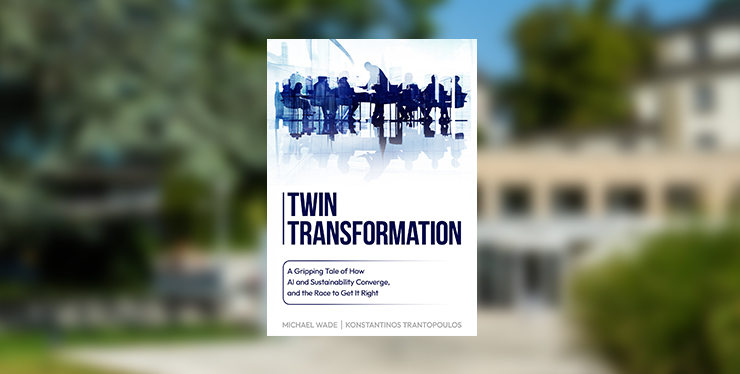‘The data monetization trend calls for a common framework, but we need to prioritize questions of trust’

Referring to the battle between the US versus Chinese models of digitalization, Marten Kaevats, National Digital Adviser of Estonia, said that both models were ‘big brother-like’ and that we needed ‘a third option’.
“The EU is pushing for this with GDPR and getting slowly closer,” he said. “At the Tallinn Digital Summit, we convened recently to talk about ‘trusted connectivity’; an agreement on how to leverage the capacity of the private sector to invest in infrastructure. Nowadays, infrastructure is not only about bricks and mortar, but it carries a digital component too and one that needs to be trusted.”
This type of framework should be established by the Blue Dot Network – the US, Japan and Australia – but should also get countries like Estonia on board, he said, adding:
“We are hoping this idea gets traction [because] we are coming to a stage where data monetization is a thing but there needs to be some trust in it as well. And coming from a small country that has so far operated with transparency and integrity regarding data handling, we want to provide for our citizens without acting like big brother.”
Where do governments’ roles end and companies’ begin?
While government intervention is generally accepted to be necessary to respect peoples’ privacy, the question of ‘to what extent?’ remains up for debate.
In the healthcare industry, questions arise around electronic heath record data, for instance, such as: Who can have access to this data? And how can it be useful?
Read more on I by IMD, the knowledge hub of IMD
Research Information & Knowledge Hub for additional information on IMD publications
Absa faced a critical rise in cyberattacks, and with the cybersecurity talent gap widening, the company urgently needed a long-term solution. To address this, former CISO Sandro Bucchianeri launched the Cybersecurity Academy in 2019, an initiative...
Digital transformation introduces a new set of parameters for firm innovation. Existing literature has found that family firms vary on their willingness to innovate. However, explanations of the factors that lead to a family firm’s (un)willingness...
Case reference: IMD-7-2642 ©2025
Research Information & Knowledge Hub for additional information on IMD publications
Research Information & Knowledge Hub for additional information on IMD publications
Research Information & Knowledge Hub for additional information on IMD publications
Published by International Institute for Management Development ©2025
Research Information & Knowledge Hub for additional information on IMD publications
in I by IMD
Research Information & Knowledge Hub for additional information on IMD publications
Research Information & Knowledge Hub for additional information on IMD publications
in I by IMD
Research Information & Knowledge Hub for additional information on IMD publications
in Small Business Economics 24 May 2025, ePub before print, https://doi.org/10.1007/s11187-025-01057-8
Research Information & Knowledge Hub for additional information on IMD publications
Research Information & Knowledge Hub for additional information on IMD publications
in I by IMD
Research Information & Knowledge Hub for additional information on IMD publications








